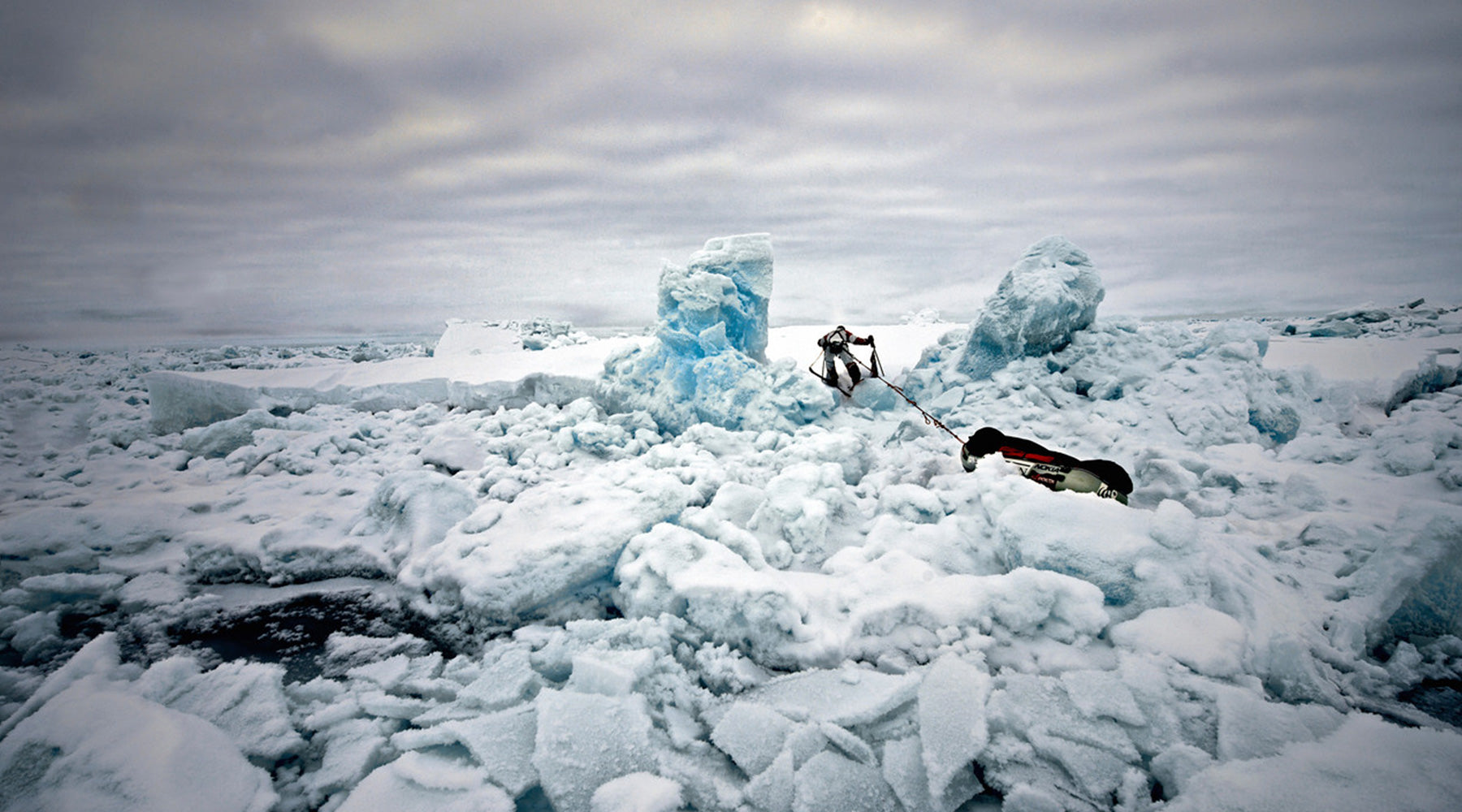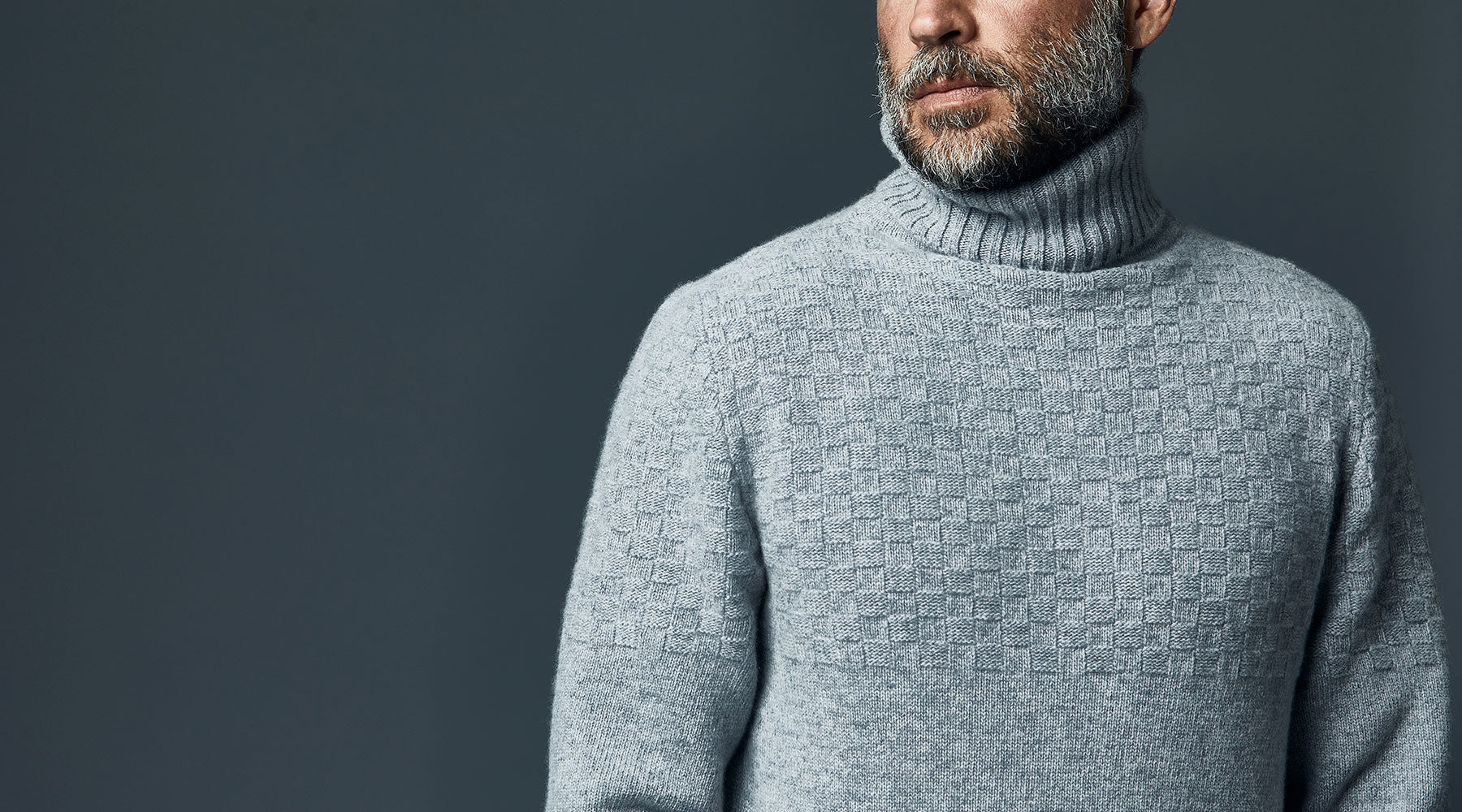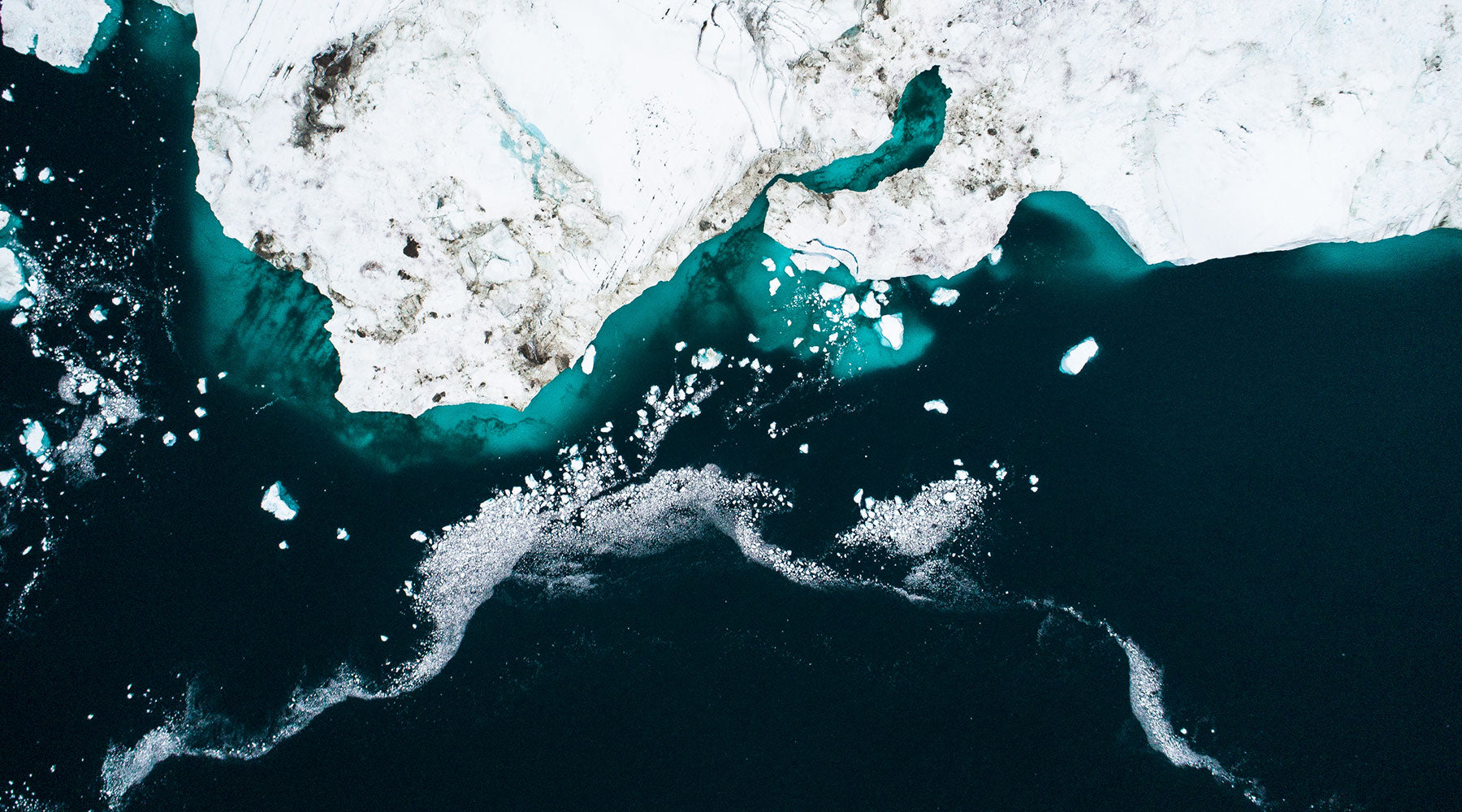
Martin Hartley: driven by responsibility
Photographer Martin Hartley’s introduction to the Arctic Ocean was brutal – almost fatal. But it didn’t put him off. Seventeen years later, he is preparing to head back yet again to undertake his most important assignment to date.
The Arctic does not take any prisoners. Photographer Martin Hartley had experienced extreme cold in the likes of Kyrgyzstan and the Alps, but when he landed in Resolute Bay in northern Canada in 2003 – to document Pen Hadow's solo and unassisted North Pole attempt – he was well out of his depth.
“I arrived thinking that the cold would be similar to an alpine winter,” Martin says, “but it’s just not. It’s so much colder than that. I was so unprepared. I had the wrong clothes, wrong gloves, wrong boots. Luckily, the guy who met me at the airport offered to get some gear that would give me a better chance of staying alive. It was a bad start.”

That sorted, he met up with Gary Guy – “the John Wayne of the Arctic” – who was to lead Martin to where Pen was camping, some 35 miles off-shore. Without realising it, however, when Gary had pulled the GPS from his pocket, the cold had frozen the LCD screen before it could gain its position. They were travelling blind, on ski-doos, relying on Gary’s intimate knowledge of the landscape.
They managed to find Pen, but conditions had taken a serious turn. “The temperature had dropped to -43ºC, with a 48-knot wind, which brought the real feel to -71ºC – it was absolutely brutal.”
Nevertheless, Martin had come all this way to do a job: to take photos of Pen in action before he embarked on his world-first mission. “The issue was that nothing is designed to function in those conditions. Lenses don’t focus, shutters can’t close and open, and buttons don’t go down – I took a lot of kit with me and it was nearly all frozen solid. I kept one of the medium-format cameras under my down coat and ran around in circles for 20 minutes, using my body heat to warm up the battery and inner workings of the camera.”

He managed to get enough life into the battery to capture 13 frames before it too packed in. The decision was then made to head back to Resolute Bay. Pen jumped into the driving seat of Martin’s ski-doo and Gary led the way once more. By this time, it was a white-out. Within two minutes they’d lost contact with the lead ski-doo – they had to find their own way back, without GPS and vision of only a few metres.
“We were falling off every two or three minutes because we kept hitting something we hadn’t seen. We were getting tired too – lifting a ski-doo back onto its side 20 times in an hour saps your energy. I’d just never known such cold – it felt solid, like a wall. We eventually hit land but we didn’t know whether we were on the east or west side of Resolute Bay. In that moment we had to make a decision to turn left or right. It was a 50/50 call.”
In such adverse conditions, one way would lead them to safety; the other would result in prolonged time in the open and, most likely, death through hypothermia. “I had quite a good cry on the back of that ski-doo,” Martin admits. “But that made it worse as the tears were freezing my eyes shut. At the very least I thought I was going to lose my hands and feet.”

To most people, this is the unthinkable. To willingly venture into such a vicious and unforgiving environment, where humans are not evolved to survive, and have such a close brush with disaster, all for a photo – surely fate had served Hartley a firm lesson? But the next day, when Pen was due to head back out onto the ice, Martin was the first to put his hand up to join him.
“By contrast, it was a clear night, no wind and a huge full moon," he says. "It was absolutely beautiful. In that moment, I totally forgot about the day before. This was why I was here.”
Martin has since made a name for himself as a world-leading expedition photographer. He has spent more than 365 days on big polar expeditions, covering over 2000 miles, and his photos have won numerous awards.
While he is first and foremost a photographer, in recent years his mindset has shifted towards a greater purpose: documenting the Arctic's diminishing sea ice. Such is the rapid change occurring within the Arctic Circle, caused by global warming, Martin has migrated towards becoming an environmentalist, using his skills as a photographer to tell the story. He also collects vital data from the most inaccessible parts of the Arctic Ocean for scientific research – he is one of only a handful of people who knows how to survive here; one of fewer still who is brave enough to persevere.

“If you’re doing a last-degree expedition on the Arctic Ocean, which is the 60 miles around the North Pole, you’re only half an hour away from a helicopter rescue, but outside that last degree you are faced with a world of problems. You’re on a surface that’s moving the whole time and you’ve got open water – that's a bad cocktail and makes any logistics very difficult. It’s why very few people go there.
“Any information that can be brought back is incredibly valuable, as the Arctic Ocean has changed way quicker than scientists predicted. The rate at which the big sea ice is disappearing is terrifying.”
Indeed, 70 years ago, five and a half million square miles of the Arctic Ocean was covered in multi-year sea ice that was around four metres thick. Today, less than half a per cent of that remains. The sea ice that forms through winter and autumn is not thick enough to withstand the increasingly warmer summers, breaking up to reveal dark patches of water that absorb the sun’s heat, exacerbating the problem. Scientists estimate that it will all be gone within 10 years.

This brings us to Martin’s next assignment, as he prepares to head to Greenland in February 2020, tasked with the responsibility of documenting the Arctic’s last remaining big sea ice to raise awareness about the urgent need for change.
“If you look where the last big ice is in the Arctic Ocean,” he says, “you'll see a little herd of it hiding out between the northernmost tip of Greenland and the northernmost tip of Canada. Having once been spread over an area of more than five million square miles, there's now just a few small blobs of it left.
“And this has massive implications for every single person on this planet. The Arctic Ocean – that little white cap at the top of the world – is our air-conditioning system. And it’s broken. That’s why we’re experiencing these amazing weather events: heat waves, crazy electric storms, frozen cites, etc. In turn this will lead to more unpredictable crops, less yield, and ultimately civil war as people fight over land and food. It will be a mess. This could be the last chance to document this need for change.”

The expedition will be fraught with dangers – it is the most volatile environment on earth, as the sea ice can move and break up with little notice, stranding those not quick enough to react. The weather can turn in an instant, similar to what Martin experienced on his first journey into the Arctic nearly two decades ago, and the small team will be hundreds of miles from the nearest help. A few hardy individuals, undertaking an expedition that has an enormous bearing on our future.
“Once the big sea ice has gone, it’s unlikely that it’ll ever come back,” says Martin. “I am now driven by a responsibility to go and photograph this ice until it’s all gone. If I don’t, no one else will. In fact, I think it would be morally irresponsible for me not to, or at least to try, before it becomes impossible.”
Discover more of Martin's photography at martinhartley.com


